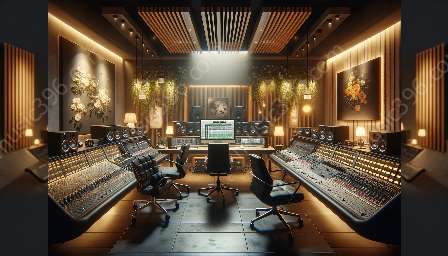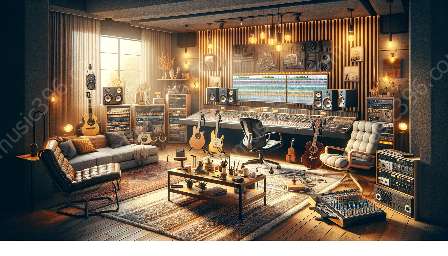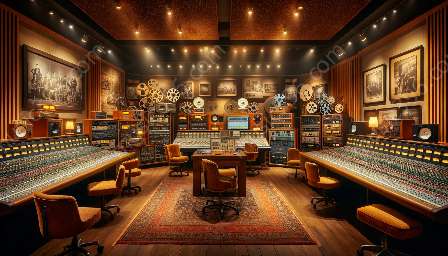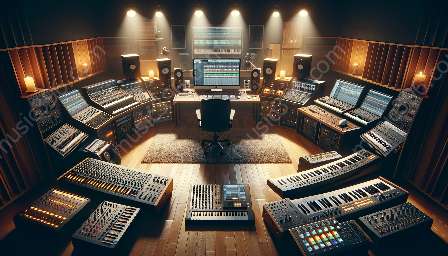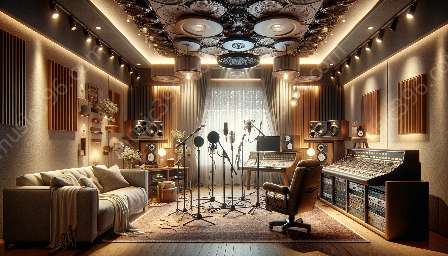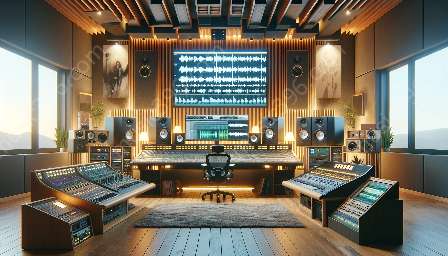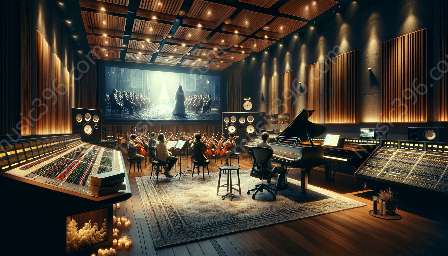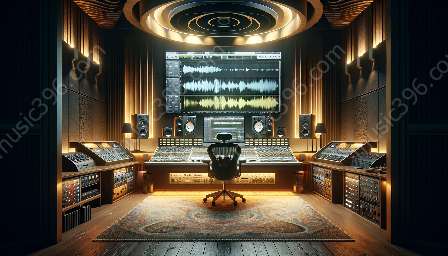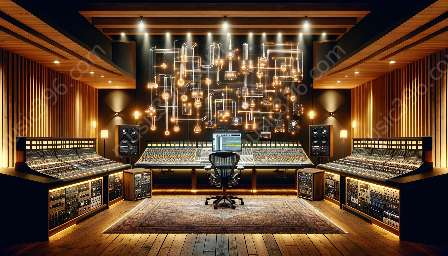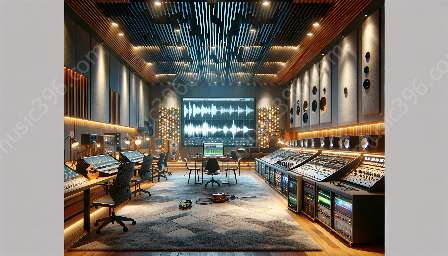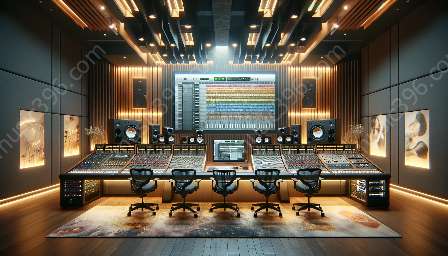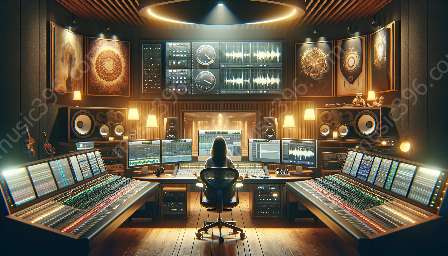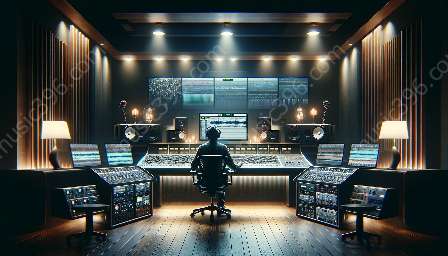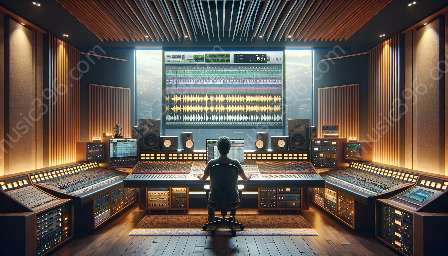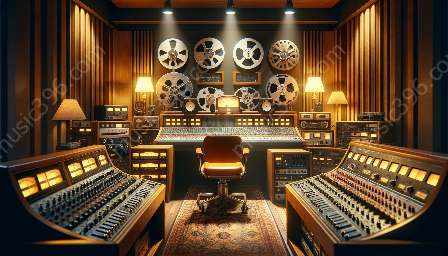When it comes to multi-track recording in the music industry, choosing the right microphone is crucial. Different types of microphones, such as dynamic, condenser, and ribbon microphones, each have their own unique applications and characteristics. Understanding the differences between these microphones can significantly impact the quality and texture of the recorded sound. Let's explore the various types of microphones used for multi-track recording and how they are best utilized in the music recording process.
Dynamic Microphones
Dynamic microphones are versatile and rugged, making them suitable for various applications in multi-track recording. They are known for their durability and ability to handle high sound pressure levels, making them ideal for amplifying loud sound sources, such as drums and electric guitar amplifiers. Dynamic microphones are also popular for live performance and can capture the energy and power of a sound source.
When used in multi-track recording, dynamic microphones are often used to record percussion instruments, such as snare drums, toms, and kick drums, as well as guitar and bass amplifiers. Their rugged construction and minimal sensitivity to handling noise make them reliable tools for capturing the dynamics of a performance without distortion. Additionally, dynamic microphones are often employed in studio settings to capture the punch and aggressiveness of vocal performances in rock and pop music.
Condenser Microphones
Condenser microphones are known for their sensitivity, detail, and extended frequency response, making them a popular choice for multi-track recording in the music industry. Unlike dynamic microphones, condenser microphones require external power, either from a battery or phantom power supplied by mixers or audio interfaces. They are often used to capture delicate sounds, such as acoustic instruments, vocals, and ambient environments.
With their ability to capture subtle nuances and transients, condenser microphones are widely used in music recording to reproduce the natural timbre and expressive qualities of acoustic instruments, such as pianos, strings, woodwinds, and brass. They are also favored for capturing vocal performances with clarity and warmth, making them suitable for a wide range of musical genres, from jazz and classical to pop and R&B.
Ribbon Microphones
Ribbon microphones are renowned for their smooth and natural sound reproduction, making them an essential tool for multi-track recording in the music industry. They are characterized by their bidirectional (figure-eight) pickup pattern and vintage tonal characteristics, which add a warm and intimate quality to recorded sound. Ribbon microphones are also prized for their ability to capture the subtle nuances and complexities of musical performances.
In multi-track recording, ribbon microphones are often used to record brass instruments, including trumpets and saxophones, as well as strings, such as violins and cellos. Their ability to capture the rich harmonics and natural resonance of acoustic instruments makes them an ideal choice for achieving a vintage and classic sound. Additionally, ribbon microphones are favored for capturing the warmth and depth of vocal performances, adding a touch of nostalgia and character to the recorded sound.
Conclusion
Choosing the right microphone for multi-track recording is a critical decision that can profoundly influence the sonic character and emotional impact of a musical production. Whether capturing the power and energy of a live performance, the delicate nuances of acoustic instruments, or the warmth and intimacy of vocal performances, understanding the unique applications and characteristics of dynamic, condenser, and ribbon microphones is essential for achieving the desired sonic texture and depth in music recording.



